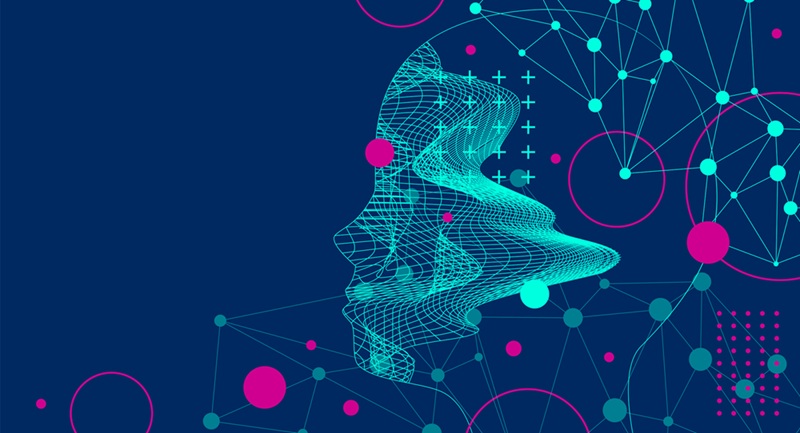The coming reckoning for AI in Australia, New Zealand healthcare
The convergence of AI, public health, and personalised medicine isn’t coming, it is by all accounts, already here.
But healthcare systems in Australia and New Zealand are not prepared for the questions it raises, nor the strategic and tactical overhaul it demands.
We have long treated public health and personalised medicine as opposite ends of the healthcare spectrum. One focused on population wide interventions, and the other on deeply individualised care.
AI has collapsed this distinction. Algorithms built on personal genomic data are now shaping newborn screening protocols. Predictive models developed from thousands of deidentified mental health records are influencing school-based public health policy. These are just a few examples.

We are entering an era where “public” and “personal” health are functionally inseparable. This is not just a philosophical shift; it is a structural one. If we do not adjust our policy, funding, and governance frameworks to reflect it, we risk entrenching inequity and clinical risk at the very moment we should be using technology to dismantle both.
AI is already embedded in public health infrastructure
In South Australia, AI is now scanning every chest X-ray at SA Medical Imaging sites, flagging abnormalities and nudging radiologist decision making (Harrison.ai on LinkedIn, 2024). These are not research pilots. They are real-time implementations inside the public system.
New Zealand, too, is embedding AI into its national health infrastructure, from risk stratification in primary care to forecasting hospital demand. The Health New Zealand Data and Digital team is investing heavily in algorithms that can predict adverse events and target services accordingly (Health New Zealand, 2025). It is no longer a question of “if” AI belongs in public health, it is about whether we are governing, regulating, and training for it fast enough to keep up.
Personalisation at scale is still structurally unsupported
We often talk about personalised medicine as a frontier, but in genomics, it is already clinical reality. The Murdoch Children’s Research Institute and the Garvan Institute are now using AI to diagnose rare childhood diseases with speed and precision, aiming to lift diagnostic rates from 50% to over 70% within the decade (Garvan Institute of Medical Research, 2024).
But herein lies the problem, our clinical and funding systems still are not built to support that level of personalisation at scale. Genomic sequencing is rarely covered comprehensively under national schemes. Data sharing remains fragmented. Integration with clinical decision support tools is patchy. And the necessary workforce upskilling, in digital literacy, ethics, and genomics interpretation, is lagging.
Regulation is playing catch up
Both countries are behind the curve on regulation. Australia’s Therapeutic Goods Administration has issued guidance on software as a medical device (TGA, 2024) but much of the emerging AI used in diagnostics and workflow optimisation still operates in a grey zone.
In New Zealand, no AI specific legislation exists. We rely on a patchwork of existing laws, the Privacy Act, Health Information Privacy Code, and the Human Rights Act, none of which were designed for dynamic, learning algorithms. The recent “Reimagining Regulation for the Age of AI” initiative (We Forum, 2020) was promising, but at best it is a foundation, not a framework.
This is especially concerning given recent reporting on hallucinations generated by AI transcription tools used in GP clinics (PBS NewsHour, 2024). These tools are documenting made-up physical exams and introducing clinical inaccuracies.
Without clear regulation, liability remains murky, for vendors, clinicians, and health services alike.
A call to action for digital leaders
We need to stop pretending these are edge-case scenarios. Public health infrastructure is being rebuilt, whether by design or inertia or AI enabled, personalised foundations. So let’s act like it.
This means respecting the 4 pillars: Funding, Governance, Procurement, and Workforce.
• Funding: We create reimbursement pathways for precision diagnostics and digital tools that straddle public private boundaries.
• Data governance: We move beyond consent-based models to context aware governance that matches the sophistication of AI systems.
• Procurement: We build capability inside government and DHBs/LHNs/PHNs and others to critically evaluate AI vendors, bias mitigation strategies, and auditability.
• Workforce: We support frontline clinicians with training, tooling, and safe harbour protections as they integrate AI into daily care.
Australia and New Zealand are well positioned to lead. We have relatively integrated health systems, high quality data repositories, and clinician trust in digital infrastructure.
But, unless we rearchitect public health policy to recognise that personalisation is the new public health, we will miss the chance to create a more equitable, responsive, and intelligent healthcare future.
The convergence isn’t coming. It is already here.
Dr Tom Varghese is the author of a column Vital Signs with Tom Varghese.

Have your say and answer our poll question:
Are governance and regulation playing catchup on emerging AI?




